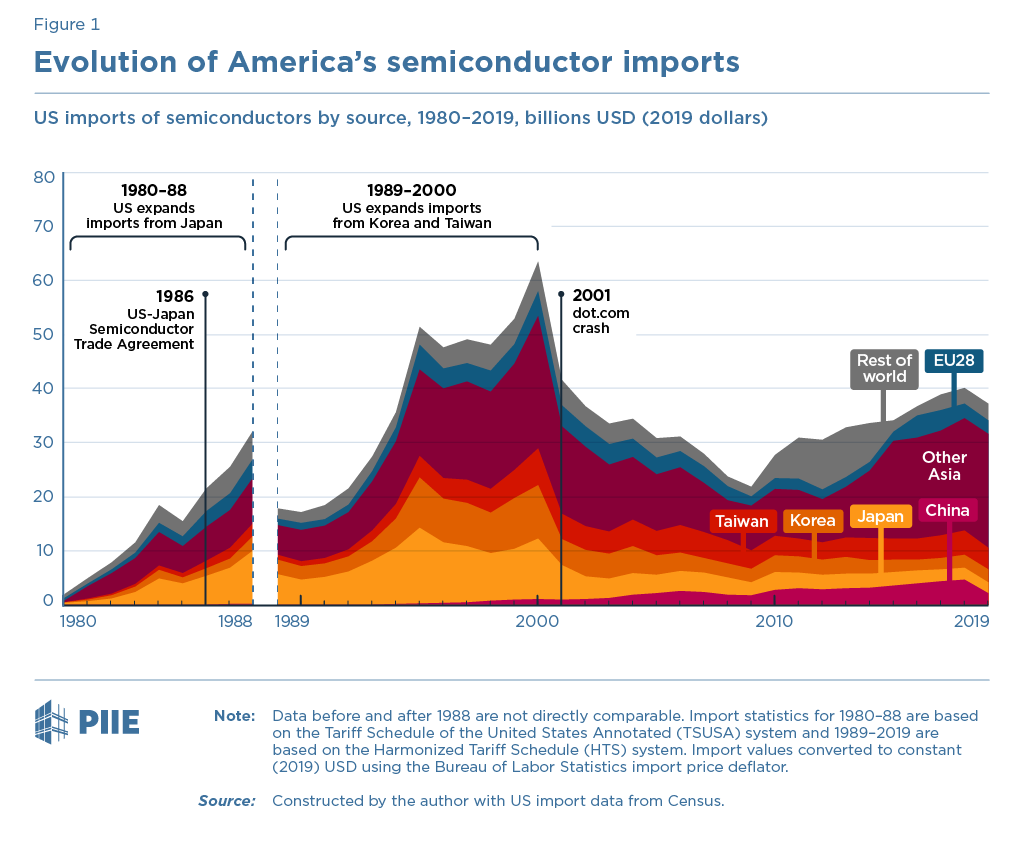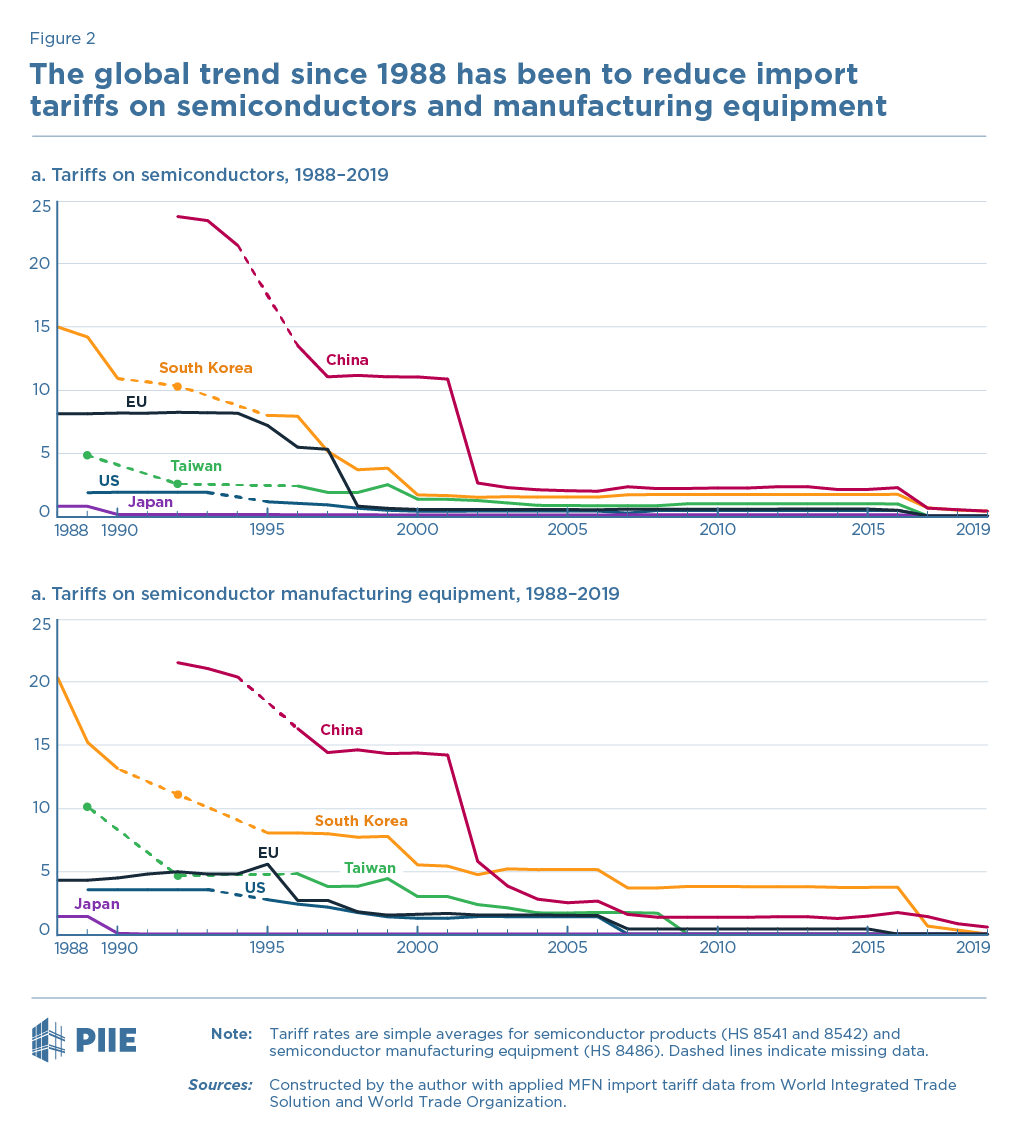
Vaccine export restrictions and viral variants are the symptoms. The world is struggling to contain the COVID-19 pandemic. What to do?
Scale up 'Operation Warp Speed' globally, to get billions of doses to a world in need.
My latest, with @TomBollyky 1/
piie.com/blogs/trade-an…
Scale up 'Operation Warp Speed' globally, to get billions of doses to a world in need.
My latest, with @TomBollyky 1/
piie.com/blogs/trade-an…
"Woah!!!," you say.
Let me explain.
The development of several effective COVID-19 vaccines in less than a year is an historic achievement.
Hundreds of millions of doses have been manufactured and distributed in the United States.
The speed and scale is unprecedented...
2/
Let me explain.
The development of several effective COVID-19 vaccines in less than a year is an historic achievement.
Hundreds of millions of doses have been manufactured and distributed in the United States.
The speed and scale is unprecedented...
2/
Yet, understanding the success of 'Operation Warp Speed' requires understanding the fragmented vaccine manufacturing supply chain.
LOTS of small companies. LOTS of critical inputs. LOTS of steps.
One missing input could grind the entire supply chain to a halt...
3/
LOTS of small companies. LOTS of critical inputs. LOTS of steps.
One missing input could grind the entire supply chain to a halt...
3/
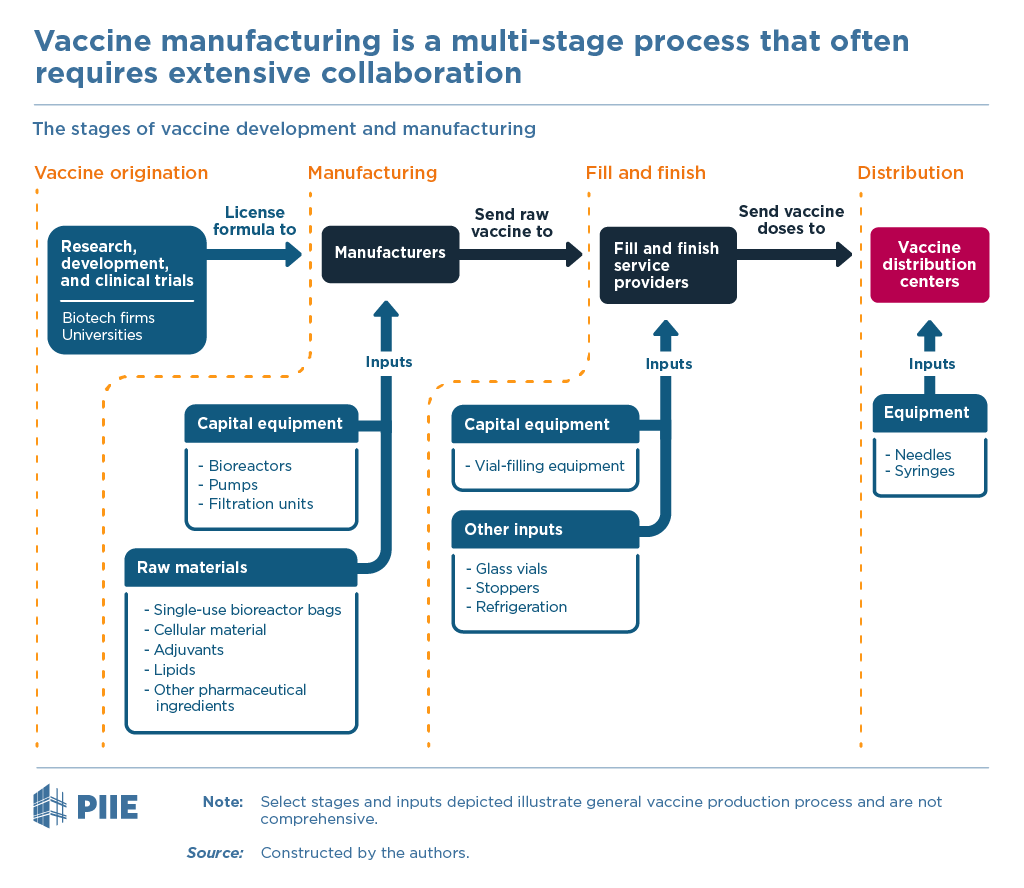
What did Operation Warp Speed do?
• Yes, we've all heard about the vaccine sponsors - Pfizer, Moderna, J&J, etc
But, did you know OWS *also* subsidized production capacity of INPUTS:
• Cellular material, mixer bags, bioreactors
• Glass tubing, vials
• Syringes, needles
4/

• Yes, we've all heard about the vaccine sponsors - Pfizer, Moderna, J&J, etc
But, did you know OWS *also* subsidized production capacity of INPUTS:
• Cellular material, mixer bags, bioreactors
• Glass tubing, vials
• Syringes, needles
4/
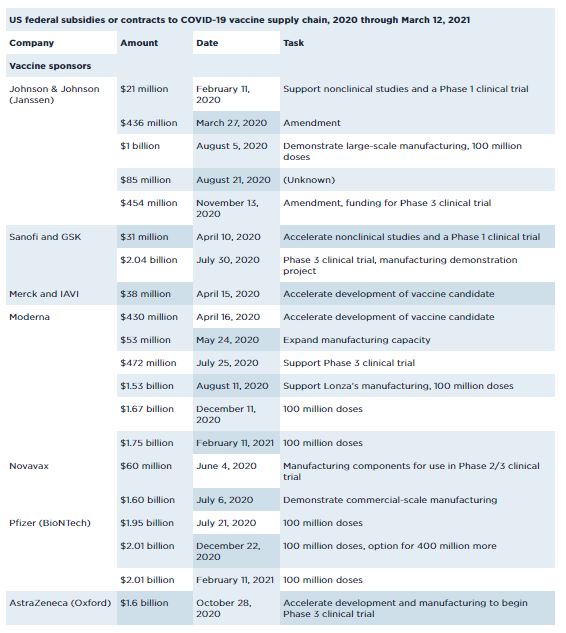
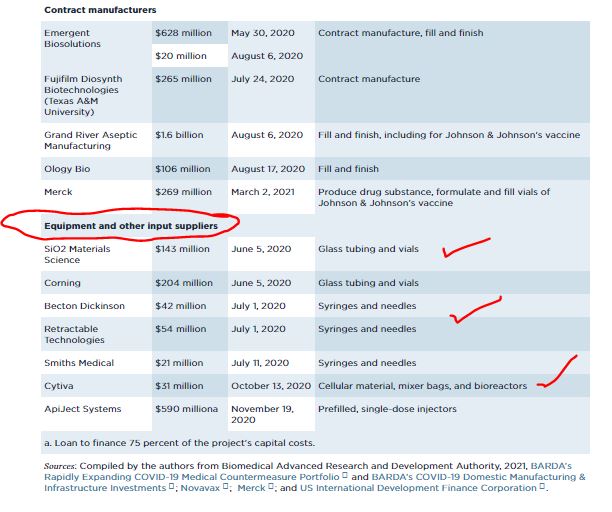
Operation Warp Speed targeted production capacity expansion for the ENTIRE US vaccine manufacturing supply chain.
(Note: selective use of the Defense Production Act could also unclog some inevitable input bottlenecks.)
Lesson for today: How to scale this up GLOBALLY?
5/
(Note: selective use of the Defense Production Act could also unclog some inevitable input bottlenecks.)
Lesson for today: How to scale this up GLOBALLY?
5/
The policy cooperation for global vaccine production is, admittedly, unprecedented.
It needs to coordinate subsidies to
A) countries to increase INPUT production (ingredients & equipment)
B) others to expand OUTPUT (vaccine 'assembly')
AND ensure trade of A) for B)...
6/
It needs to coordinate subsidies to
A) countries to increase INPUT production (ingredients & equipment)
B) others to expand OUTPUT (vaccine 'assembly')
AND ensure trade of A) for B)...
6/
Why do we need to subsidize inputs?
Are global input shortages a problem?
Yep. (Bioreactor bags) 7/
ft.com/content/b2f4f9…
Are global input shortages a problem?
Yep. (Bioreactor bags) 7/
ft.com/content/b2f4f9…
Why do we need to subsidize inputs?
Are global input shortages a problem?
Yep. (Lipids) 8/
vox.com/22311268/covid…
Are global input shortages a problem?
Yep. (Lipids) 8/
vox.com/22311268/covid…
Why do we need to subsidize inputs?
Are global input shortages a problem?
Yep. (Syringes) 9/
qz.com/1976718/syring…
Are global input shortages a problem?
Yep. (Syringes) 9/
qz.com/1976718/syring…
One way to accomplish this is to set up a new and enforceable Covid-19 Vaccine Investment and Trade Agreement (CVITA)
(Not just investment facilitation. Subsidies scaling up input production capacity - shortages of lipids, bioreactor bags, syringes, etc are a problem...)
10/
(Not just investment facilitation. Subsidies scaling up input production capacity - shortages of lipids, bioreactor bags, syringes, etc are a problem...)
10/
CVITA can draw lessons from US subsidization and coordination of its entire domestic vaccine manufacturing supply chain under Operation Warp Speed. It was not easy to get even that supply chain to work together.
But its success is already clear. ENDS/
piie.com/blogs/trade-an…
But its success is already clear. ENDS/
piie.com/blogs/trade-an…
Also, Policymakers:
Learn as we go, including from our mistakes...
Learn as we go, including from our mistakes...
https://twitter.com/ChadBown/status/1287761138609016833?s=20
• • •
Missing some Tweet in this thread? You can try to
force a refresh





